FOREWORD
This manual is written for an experienced technician. Essential tools required in performing certain service work are identified in this manual and are recommended for use.
Live with safety: Read the safety messages in the introduction of this manual and the cautions presented throughout the text of the manual.
NThis is the safety-alert symbol. When you see this symbol on the machine or in this manual, be alert to the potential for personal injury.
Technical manuals are divided in two parts: repair and diagnostics. Repair sections tell how to repair the components. Diagnostic sections help you identify the majority of routine failures quickly.
Information is organized in groups for the various components requiring service instruction. At the beginning of each group are summary listings of all applicable essential tools, service equipment and tools, other materials needed to do the job, and service parts kits.
Section 10, Group 15—Repair Specifications, consist of all applicable specifications, near tolerances and specific torque values for various components on each individual machine.
Binders, binder labels, and tab sets can be ordered by John Deere dealers direct from the John Deere Distribution Service Center.
This manual is part of a total product support program.
FOS MANUALS—REFERENCE
TECHNICAL MANUALS—MACHINE SERVICE
COMPONENT MANUALS—COMPONENT SERVICE
Fundamentals of Service (FOS) Manuals cover basic theory of operation, fundamentals of troubleshooting, general maintenance, and basic type of failures and their causes. FOS Manuals are for training new personnel and for reference by experienced technicians.
Technical Manuals are concise guides for specific machines. Technical manuals are on-the-job guides containing only the vital information needed for diagnosis, analysis, testing, and repair.
Component Technical Manuals are concise service guides for specific components. Component technical manuals are written as stand-alone manuals covering multiple machine applications.
NOTES CONCERNING THIS REVISION OF TM1487:
The 900 Series Front Mowers have three serial number ranges that dictate the correct repair and other procedures to be followed:
•(S.N. 010001—120000)
Units with a PTO engagement lever, a water-in-fuel indicator (diesel only) and without a Park Lock Switch
•(S.N. 120001—150000)
Units with a PTO engagement lever and a Park Lock Switch
•(S.N. 150001— )
Units with a PTO Solenoid Switch, a PTO Solenoid and Relay, and a Park Lock Switch
Not all pages have been changed to include references to the F925, please refer to the Contents Page for each Section to find the repair procedures or other information for the F925. Otherwise, for all repair information concerning the F925, use the following as a guide:
•Same Fuel system as the F915
•All other procedures are the same as the F935
SERIAL NUMBER RANGES WITH AFFECTED CHANGES
F911
•1991—1992 with S.N.’s 10001—120000 have a PTO engagement lever.
•1993—1995 with S.N.’s 120001—150000 have a park lock switch added.
•1995—1996 with S.N.’s 150001—150081 have a wiring harness with integrated diodes and a new PTO actuation system.
•1995—1996 with S.N.’s starting at 150082— have a wiring harness with a diode pack and a new PTO actuation system.
F915
•1987—1989 with S.N.’s 420001—750000 are covered by TM1350.
•1990—1992 with S.N.’s 010001—120000 have a PTO engagement lever.
•1993—1995 with S.N.’s 120001—150000 have a park lock switch added.
F925
•1993—1995 with S.N.’s 120001—150000 have a park lock switch.
•1995—1996 with S.N.’s 150001—150089 have a wiring harness with integrated diodes and a new PTO actuation system.
•1995—1996 with S.N.’s starting at 150090— have a wiring harness with a diode pack and a new PTO actuation system.
F932
•1988—1989 with S.N.’s 475001—750000 have no Technical Manual available.
•1990—1992 with S.N.’s 010001—120000 have a PTO engagement lever.
•1993—1995 with S.N.’s 120001—150000 have a park lock switch added.
•1995—1996 with S.N.’s 150001—150060 have a wiring harness with integrated diodes and a new PTO actuation system.
•1995—1996 with S.N.’s starting at 150061— have a wiring harness with a diode pack and a new PTO actuation system.
F935
•1986—1989 with S.N.’s 360001—750000 are covered by TM1350.
•1990—1992 with S.N.’s 010001—120000 have a PTO engagement lever and a water-in-fuel indicator.
•1993—1995 with S.N.’s 120001—150000 have a park lock switch added and no water-in-fuel indicator.
•1995—1996 with S.N.’s 150001—150228 have a wiring harness with integrated diodes and a new PTO actuation system.
•1995—1996 with S.N.’s starting at 150229— have a wiring harness with a diode pack and a new PTO actuation system.
Contents
SECTION 10—GENERAL INFORMATION
Group 05—Safety
Group 10—General Specifications
Group 15—Repair Specifications
Group 20—Fuels and Lubricants
Group 25—Serial Number Locations
Group 30—Features & Attachments
SECTION 20—ENGINE REPAIR
Group 05—Engine—F911
Group 06—Engine—F915/F925/F935
Group 07—Engine—F932
Group 10—Cooling System
SECTION 30—FUEL AND AIR REPAIR
Group 05—Fuel System—F911/F932
Group 06—Fuel System—F915/F925/F935
Group 10—Air System
SECTION 40—ELECTRICAL REPAIR
Group 05—Alternator—F911
Group 06—Alternator—F915
Group 07—Alternator—F932
Group 08—Alternator—F925/F935
Group 10—Starter
Group 15—Ignition and Charging System
Group 20—PTO Clutch
Group 25—Wiring Harness
SECTION 50—POWER TRAIN REPAIR
Group 05—Transmission
Group 10—Differential
Group 15—Axles
Group 20—Drive Shaft
Group 25—PTO Shaft
Group 30—Speed Control Linkage
SECTION 60—STEERING AND BRAKE REPAIR
Group 05—Steering Repair
Group 10—Brake Repair
Group 15—Rear Axle
TM1487-19-01SEP95
SECTION 70—HYDRAULIC REPAIR
Group 05—Hydraulic Control Valve
Group 10—Hydraulic Lift Cylinders
Group 15—Weight Transfer Valve
Group 20—Oil Cooler
SECTION 80—MISCELLANEOUS REPAIR
Group 05—Rear Wheels
Group 10—Mower Deck Repair
Group 15—ROLL-GARD
SECTION 210—TEST & ADJUSTMENT SPECIFICATIONS/OPERATIONAL CHECKOUT PROCEDURE
Group 05—Test and Adjustment Specifications
Group 10—Operational Checkout Procedures
SECTION 220—ENGINE OPERATION, TESTS AND ADJUSTMENTS—F911
Group 05—Component Location
Group 10—Theory of Operation
Group 15—Diagnosis, Tests, and Adjustments
SECTION 220—ENGINE OPERATION, TESTS AND ADJUSTMENTS—F915/ F925/F935
Group 05—Component Location
Group 10—Theory of Operation
Group 15—Diagnosis, Tests, and Adjustments
SECTION 220—ENGINE OPERATION, TESTS AND ADJUSTMENTS—F932
Group 05—Component Location
Group 10—Theory of Operation
Group 15—Diagnosis, Tests, and Adjustments
SECTION 230—FUEL/AIR OPERATION, TESTS & ADJUSTMENTS—F911
Group 05—Component Location
Group 10—Theory of Operation
Group 15—Diagnosis, Tests, and Adjustments
Continued on next page
information, illustrations and specifications in this manual are based on the latest information available at the time of publication. The right is reserved to make changes at any time without notice.
SECTION 231—FUEL/AIR OPERATION, TESTS & ADJUSTMENTS—F915/F925/ F935
Group 05—Component Location
Group 10—Theory of Operation
Group 15—Diagnosis, Tests, and Adjustments
SECTION 232—FUEL/AIR OPERATION, TESTS & ADJUSTMENTS—F932
Group 05—Component Location
Group 10—Theory of Operation
Group 15—Diagnosis, Tests, and Adjustments
SECTION 240—ELECTRICAL OPERATION, TESTS & ADJUSTMENTS—F911
Group 05—Component Location
Group 10—Theory of Operation
Group 15—Diagnosis, Tests, and Adjustments
Group 20—Electrical Schematic
SECTION 241—ELECTRICAL OPERATION, TESTS & ADJUSTMENTS—F915/F925/ F935
Group 05—Component Location
Group 10—Theory of Operation
Group 15—Diagnosis, Tests, and Adjustments
Group 20—Electrical Schematic
SECTION 242—ELECTRICAL OPERATION, TESTS & ADJUSTMENTS—F932
Group 05—Component Location
Group 10—Theory of Operation
Group 15—Diagnosis, Tests, and Adjustments
Group 20—Electrical Schematic
SECTION 250—POWER TRAIN OPERATION, TESTS & ADJUSTMENTS—F932
Group 05—Component Location
Group 10—Theory of Operation
Group 15—Diagnosis, Tests, and Adjustments
SECTION 260—POWER TRAIN OPERATION, TESTS & ADJUSTMENTS
Group 05—Component Location
Group 10—Theory of Operation
Group 15—Diagnosis, Tests, and Adjustments
SECTION 260—STEERING & BRAKES OPERATION, TESTS & ADJUSTMENTS
Group 05—Component Location
Group 10—Theory of Operation
Group 15—Diagnosis, Tests, and Adjustments
Group 20—System Schematic Diagram
SECTION 299—FABRICATED TOOLS
Group 00—Dealer Fabricated Tools
RECOGNIZE SAFETY INFORMATION
This is the safety-alert symbol. When you see this symbol on your machine or in this manual, be alert to the potential for personal injury.
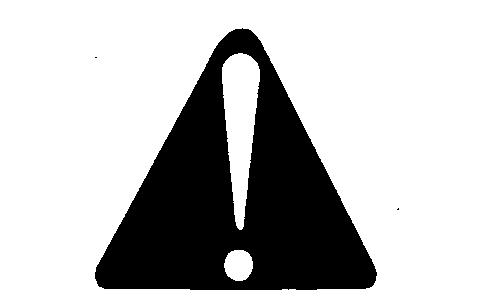
Follow recommended precautions and safe operating practices.
UNDERSTAND SIGNAL WORDS
A signal word—DANGER, WARNING, or CAUTION—is used with the safety-alert symbol. DANGER identifies the most serious hazards.
DANGER or WARNING safety signs are located near specific hazards. General precautions are listed on CAUTION safety signs. CAUTION also calls attention to safety messages in this manual.
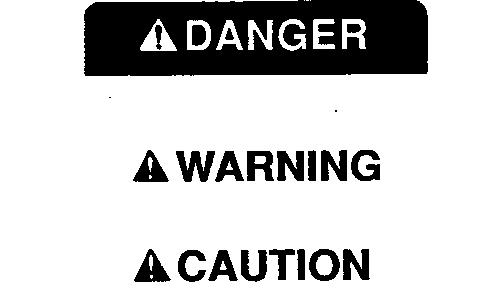
FOLLOW SAFETY INSTRUCTIONS
Carefully read all safety messages in this manual and on your machine safety signs. Keep safety signs in good condition. Replace missing or damaged safety signs. Be sure new equipment components and repair parts include the current safety signs. Replacement safety signs are available from your John Deere dealer.
Learn how to operate the machine and how to use controls properly. Do not let anyone operate without instruction.
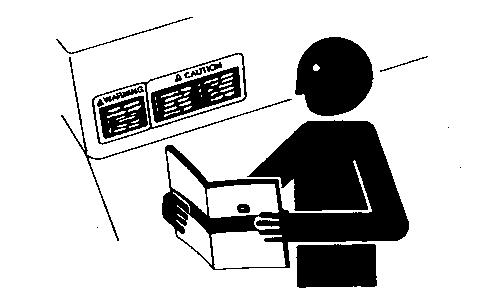
Keep your machine in proper working condition. Unauthorized modifications to the machine may impair the function and/or safety and affect machine life.
If you do not understand any part of this manual and need assistance, contact your John Deere dealer.
HANDLE FLUIDS SAFELY—AVOID FIRES
When you work around fuel, do not smoke or work near heaters or other fire hazards.
Store flammable fluids away from fire hazards. Do not incinerate or puncture pressurized containers.
Make sure machine is clean of trash, grease, and debris. Do not store oily rags; they can ignite and burn spontaneously.
PREVENT BATTERY EXPLOSIONS
Keep sparks, lighted matches, and open flame away from the top of battery. Battery gas can explode.
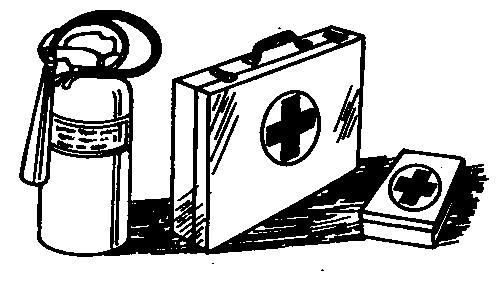
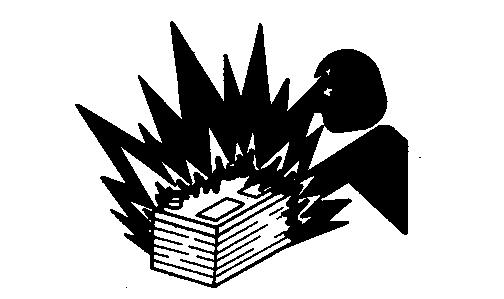
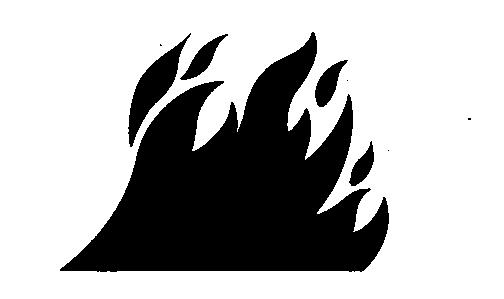
Never check battery charge by placing a metal object across the posts. Use a volt-meter or hydrometer.
Do not charge a frozen battery; it may explode. Warm battery to 16˚C (60˚F).
PREPARE FOR EMERGENCIES
Be prepared if a fire starts.
Keep a first aid kit and fire extinguisher handy.
Keep emergency numbers for doctors, ambulance service, hospital, and fire department near your telephone.
PREVENT ACID BURNS
Sulfuric acid in battery electrolyte is poisonous. It is strong enough to burn skin, eat holes in clothing, and cause blindness if splashed into eyes.
Avoid the hazard by:
1. Filling batteries in a well-ventilated area.
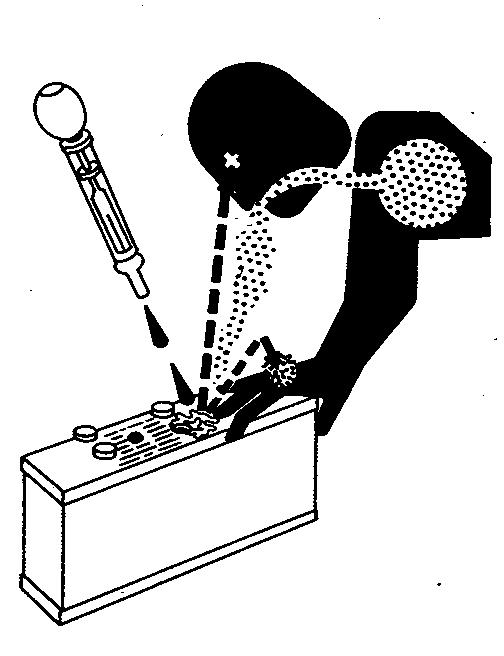
2. Wearing eye protection and rubber gloves.
3. Avoiding breathing fumes when electrolyte is added.
4. Avoiding spilling or dripping electrolyte.
5. Use proper jump start procedure.
If you spill acid on yourself:
1. Flush your skin with water.
2. Apply baking soda or lime to help neutralize the acid.
3. Flush your eyes with water for 10—15 minutes. Get medical attention immediately.
If acid is swallowed:
1. Drink large amounts of water or milk.
2. Then drink milk of magnesia, beaten eggs, or vegetable oil.
3. Get medical attention immediately.
SERVICE COOLING SYSTEM SAFELY
Explosive release of fluids from pressurized cooling system can cause serious burns.
Shut off engine. Only remove filler cap when cool enough to touch with bare hands. Slowly loosen cap to first stop to relieve pressure before removing completely.
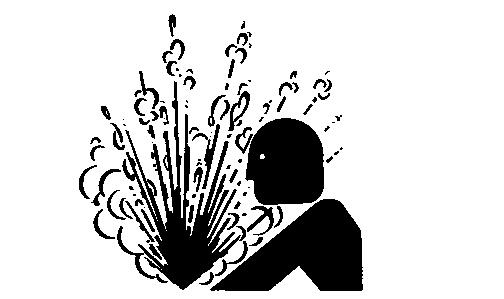
AVOID HIGH-PRESSURE FLUIDS
Escaping fluid under pressure can penetrate the skin causing serious injury.
Avoid the hazard by relieving pressure before disconnecting hydraulic or other lines. Tighten all connections before applying pressure.

Search for leaks with a piece of cardboard. Protect hands and body from high pressure fluids.
If an accident occurs, see a doctor immediately. Any fluid injected into the skin must be surgically removed within a few hours or gangrene may result. Doctors unfamiliar with this type of injury may call the Deere & Company Medical Department in Moline, Illinois, or other knowledgeable medical source.
PARK MACHINE SAFELY
Before working on the machine:
• Lower all equipment to the ground.
• Stop the engine and remove the key.
• Disconnect the battery ground strap.
• Hang a “DO NOT OPERATE” tag in operator station.
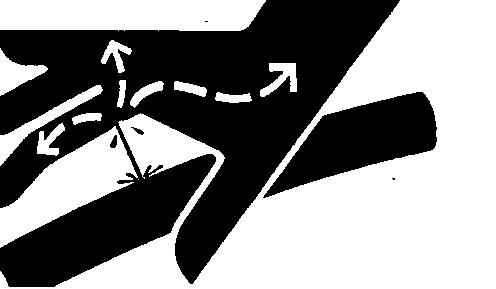
SUPPORT MACHINE PROPERLY
Always lower the attachment or implement to the ground before you work on the machine. If you must work on a lifted machine or attachment, securely support the machine or attachment.
Do not support the machine on cinder blocks, hollow tiles, or props that may crumble under continuous load. Do not work under a machine that is supported solely by a jack. Follow recommended procedures in this manual.
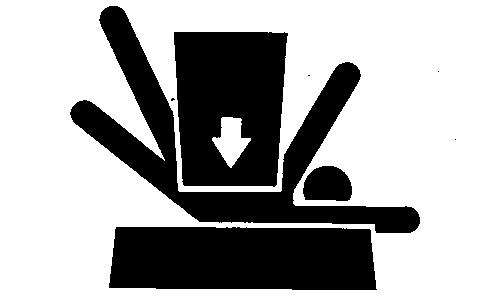
WEAR PROTECTIVE CLOTHING
Wear close fitting clothing and safety equipment appropriate to the job.
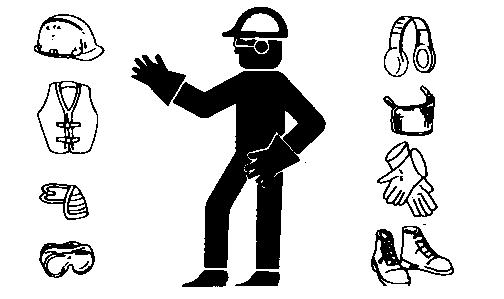
Prolonged exposure to loud noise can cause impairment or loss of hearing.
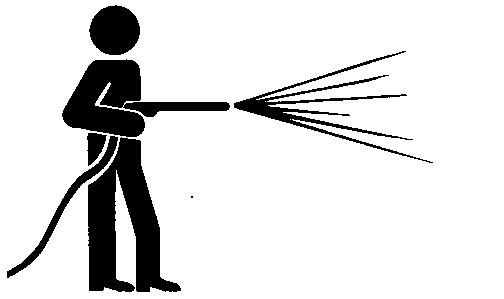
Wear a suitable hearing protective device such as earmuffs or earplugs to protect against objectionable or uncomfortable loud noises.
Operating equipment safely requires the full attention of the operator. Do not wear radio or music headphones while operating machine.
WORK IN CLEAN AREA
Before starting a job:
• Clean work area and machine.
• Make sure you have all necessary tools to do your job.
• Have the right parts on hand.
• Read all instructions thoroughly; do not attempt shortcuts.
SERVICE MACHINES SAFELY
Tie long hair behind your head. Do not wear a necktie, scarf, loose clothing, or necklace when you work near machine tools or moving parts. If these items were to get caught, severe injury could result.
Remove rings and other jewelry to prevent electrical shorts and entanglement in moving parts.
WORK IN VENTILATED AREA
WARNING: California Proposition 65 Warning
Diesel engine exhaust and some of its constituents are known to the State of California to cause cancer, birth defects, and other reproductive harm.
Gasoline engine exhaust from this product contains chemicals known to the State of California to cause cancer, birth defects, or other reproductive harm.
ILLUMINATE WORK AREA SAFELY
Illuminate your work area adequately but safely. Use a portable safety light for working inside or under the machine. Make sure the bulb is enclosed by a wire cage. The hot filament of an accidentally broken bulb can ignite spilled fuel or oil.
REPLACE SAFETY SIGNS
Replace missing or damaged safety signs. See the machine operator’s manual for correct safety sign placement.
USE PROPER LIFTING EQUIPMENT
Lifting heavy components incorrectly can cause severe injury or machine damage.
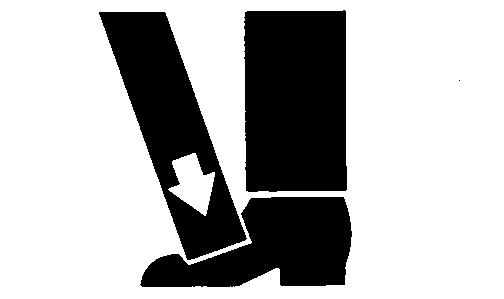
Follow recommended procedure for removal and installation of components in the manual.
KEEP ROPS INSTALLED PROPERLY
Make certain all parts are reinstalled correctly if the roll-over protective structure (ROPS) is loosened or removed for any reason. Tighten mounting bolts to proper torque.
The protection offered by ROPS will be impaired if ROPS is subjected to structural damage, is involved in an overturn incident, or is in any way altered by welding, bending, drilling, or cutting. A damaged ROPS should be replaced, not reused.
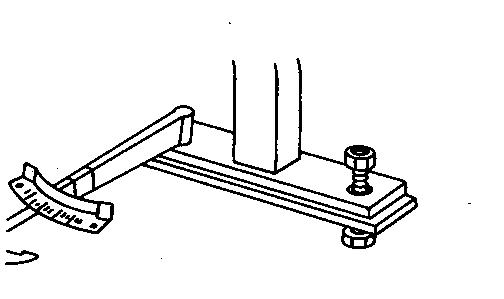
SERVICE TIRES SAFELY
Explosive separation of a tire and rim parts can cause serious injury or death.
Do not attempt to mount a tire unless you have the proper equipment and experience to perform the job.
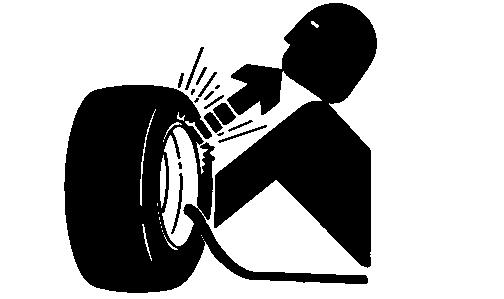
Always maintain the correct tire pressure. Do not inflate the tires above the recommended pressure. Never weld or heat a wheel and tire assembly. The heat can cause an increase in air pressure resulting in a tire explosion. Welding can structurally weaken or deform the wheel.
When inflating tires, use a clip-on chuck and extension hose long enough to allow you to stand to one side and NOT in front of or over the tire assembly. Use a safety cage if available.
Check wheels for low pressure, cuts, bubbles, damaged rims or missing lug bolts and nuts.
AVOID HARMFUL ASBESTOS DUST
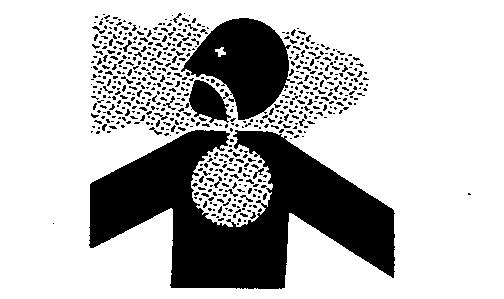
Avoid breathing dust that may be generated when handling components containing asbestos fibers. Inhaled asbestos fibers may cause lung cancer.
Components in products that may contain asbestos fibers are brake pads, brake band and lining assemblies, clutch plates, and some gaskets. The asbestos used in these components is usually found in a resin or sealed in some way. Normal handling is not hazardous as long as airborne dust containing asbestos is not generated.
Avoid creating dust. Never use compressed air for cleaning. Avoid brushing or grinding of asbestos containing materials. When servicing, wear an approved respirator. A special vacuum cleaner is recommended to clean asbestos. If not available, wet the asbestos containing materials with a mist of oil or water. Keep bystanders away from the area.
AVOID HEATING NEAR PRESSURIZED FLUID LINES
Flammable spray can be generated by heating near pressurized fluid lines, resulting in severe burns to yourself and bystanders. Do not heat by welding, soldering, or using a torch near pressurized fluid lines or other flammable materials. Pressurized lines can be accidentally cut when heat goes beyond the immediate flame area.

REMOVE PAINT BEFORE WELDING OR HEATING
Avoid potentially toxic fumes and dust.
Hazardous fumes can be generated when paint is heated by welding, soldering, or using a torch.
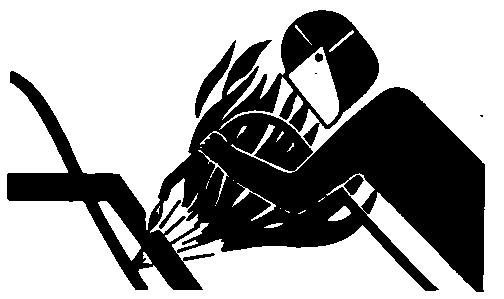
Do all work outside or in a well ventilated area. Dispose of paint and solvent properly.
Remove paint before welding or heating:
• If you sand or grind paint, avoid breathing the dust. Wear an approved respirator.
• If you use solvent or paint stripper, remove stripper with soap and water before welding. Remove solvent or paint stripper containers and other flammable material from area. Allow fumes to disperse at least 15 minutes before welding or heating.
USE PROPER TOOLS
Use tools appropriate to the work. Makeshift tools and procedures can create safety hazards.
Use power tools only to loosen threaded parts and fasteners.
For loosening and tightening hardware, use the correct size tools. DO NOT use U.S. measurement tools on metric fasteners. Avoid bodily injury caused by slipping wrenches.
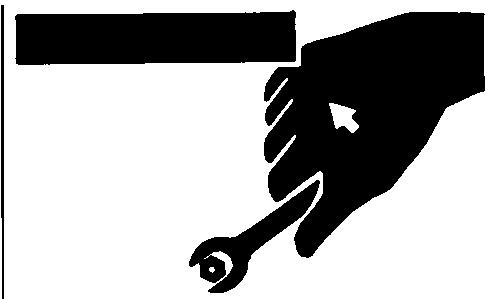
Use only service parts meeting John Deere specifications.
DISPOSE OF FLUIDS PROPERLY
Improperly disposing of fluids can harm the environment and ecology. Before draining any fluids, find out the proper way to dispose of waste from your local environmental agency.
Use proper containers when draining fluids. Do not use food or beverage containers that may mislead someone into drinking from them.
DO NOT pour oil into the ground, down a drain, or into a stream, pond, or lake. Observe relevant environmental protection regulations when disposing of oil, fuel, coolant, brake fluid, filters, batteries, and other harmful waste.
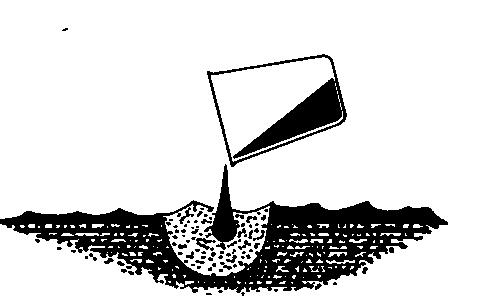
LIVE WITH SAFETY
Before returning machine to customer, make sure machine is functioning properly, especially the safety systems. Install all guards and shields.
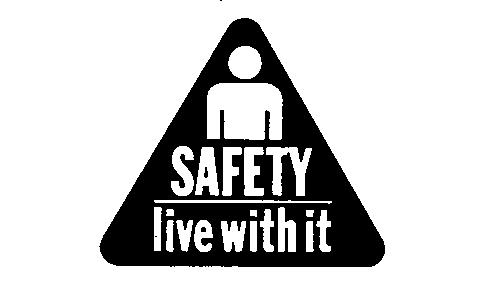
Thank you very much for your reading. Please Click Here. Then Get COMPLETE MANUAL.NOWAITING

NOTE:
If there is no response to click on the link above, please download the PDF document first and then clickonit.
MACHINE SPECIFICATIONS—F911 AND F932
FUEL
STEERING/BRAKES
(Specifications and design subject to change without notice.) 10-10-2
